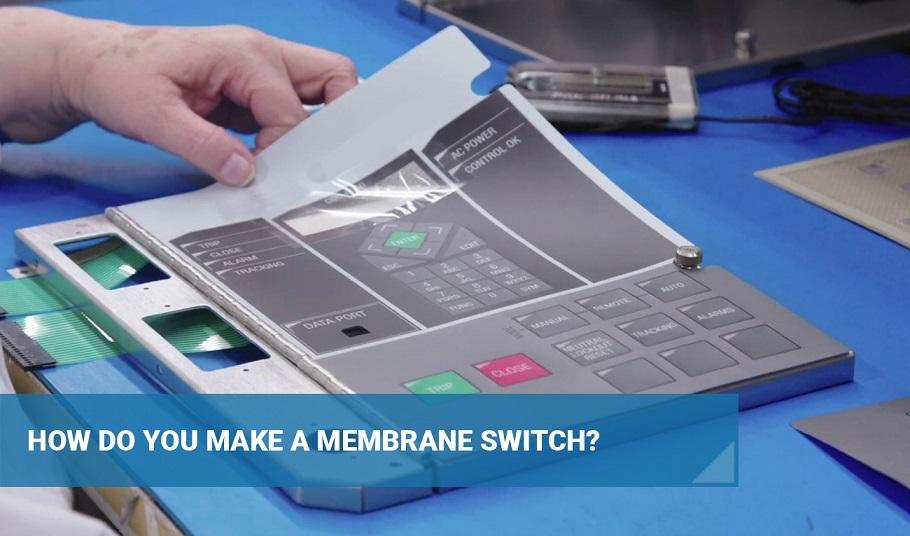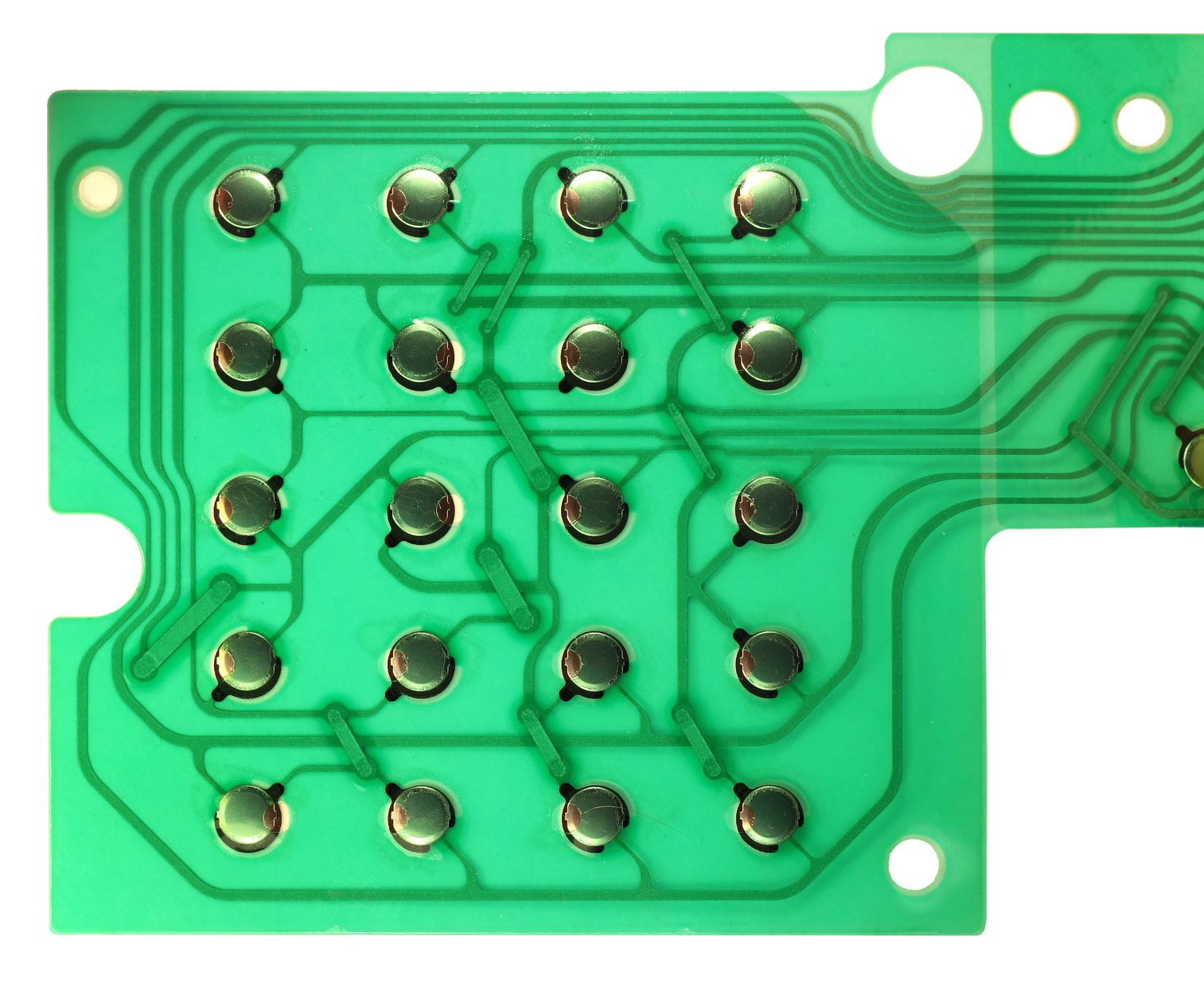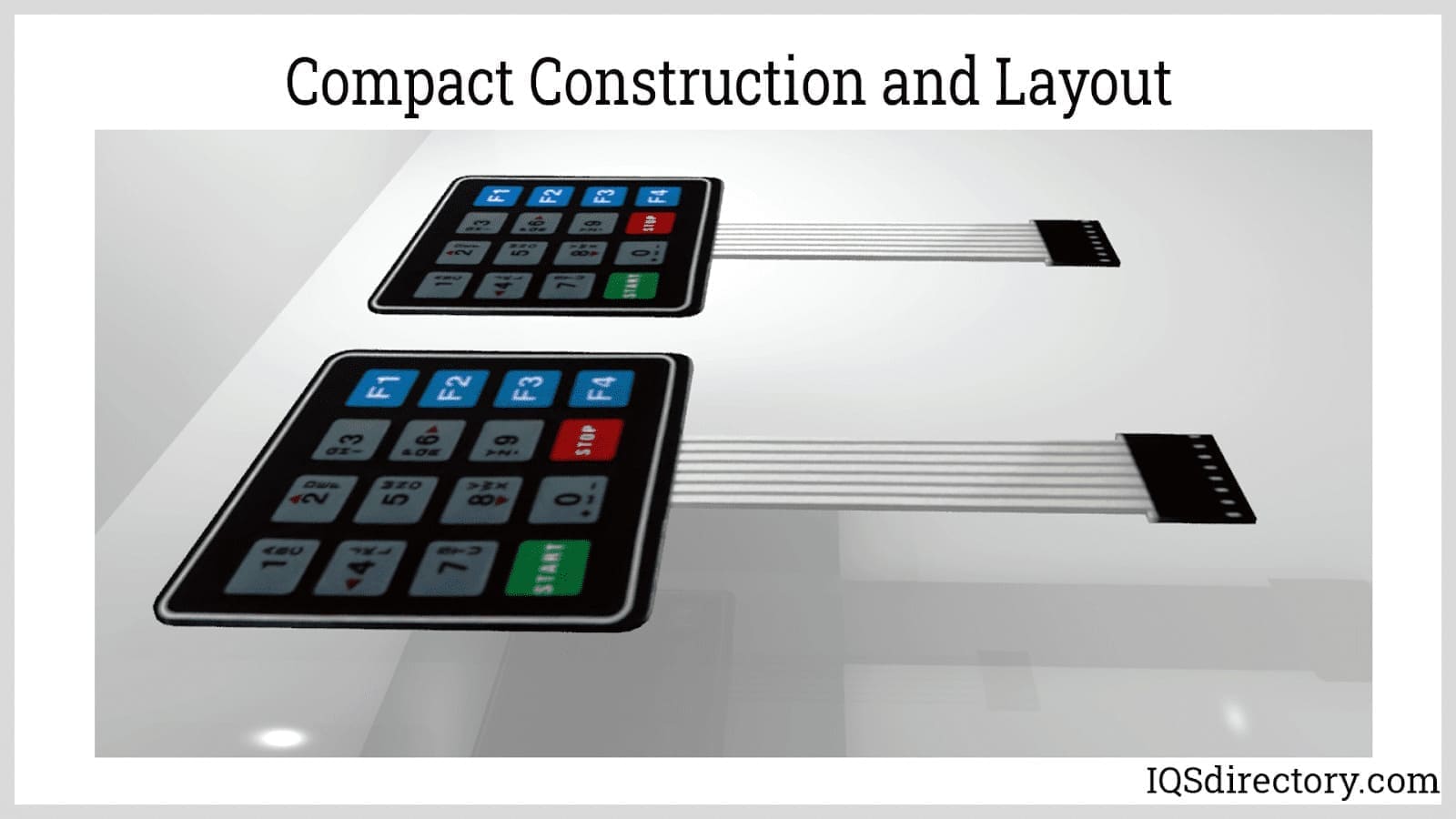The Function of a Membrane Switch in Modern Touch Interfaces and Controls
The Function of a Membrane Switch in Modern Touch Interfaces and Controls
Blog Article
Comprehending the Performance of Membrane Layer Changes for Interface Instruments
The functionality of membrane layer switches represents a substantial improvement in user interface style, incorporating performance with aesthetic adaptability. As sectors increasingly prioritize individual experience, understanding the nuances of membrane layer switch innovation becomes essential.
What Are Membrane Layer Buttons?
Membrane switches are cutting-edge user interface tools that help with individual communication with digital devices. These functional components contain numerous layers, including a graphic overlay, spacer, and a published circuit layer. The design enables a smooth combination right into different digital devices, boosting both the visual and practical elements of individual interfaces.
Membrane switches are typically utilized in a large range of applications, from home devices to commercial machinery and clinical tools. Their construction generally features a slim profile, making them an excellent option for compact designs. The responsive comments supplied by these buttons can be engineered to meet particular user preferences, making sure efficient communication between the user and the gadget.
Longevity is an additional substantial benefit of membrane layer switches, as they are immune to dust, wetness, and chemicals, which improves their life expectancy in requiring atmospheres. Furthermore, these buttons can be personalized in terms of shape, size, and visuals style, permitting branding and user-specific features. Overall, membrane layer switches over represent a practical service for boosting user experience in electronic devices, integrating functionality with visual allure in an effective manner.
Just How Membrane Changes Job
Operating on an uncomplicated principle, membrane switches use a split building to register individual input properly. Each switch is composed of numerous layers, consisting of a printed circuit layer, a spacer layer, and a leading visuals layer, which are developed to collaborate perfectly. When an individual presses the top layer, it presses the spacer layer, bringing the conductive components of the circuit layer right into call with each various other.
This contact creates a closed circuit, signifying the gadget to perform a details function. The design permits numerous configurations, including responsive feedback, which can improve the customer experience by offering a physical feeling upon activation. The materials utilized in membrane layer switches often include flexible substrates, such as polyester or polycarbonate, which guarantee resilience and resilience against damage.

Key Advantages of Membrane Layer Buttons

One more substantial advantage is their compactness. Membrane layer buttons are slim and lightweight, which allows manufacturers to save space in their gadgets without sacrificing capability. This function is specifically advantageous in applications where weight and quantity are important considerations.
Furthermore, membrane layer switches are resistant to dirt, moisture, and chemicals, enhancing their durability. This strength prolongs their life-span and decreases the requirement for you can find out more regular substitutes, resulting in expense savings gradually.
Moreover, the tactile responses offered by membrane layer switches can be maximized to boost user interaction. They can consist of attributes such as increased buttons or audible clicks, boosting functionality and customer experience.
Applications Across Industries
Customer user interface devices making use of membrane buttons prevail in a vast array of industries, showcasing their adaptability and functionality. Membrane Switch. In the clinical sector, membrane layer switches are important to gadgets such as analysis equipment and person surveillance systems, where their longevity and ease of cleansing are critical for keeping health criteria. In the auto market, these switches are utilized in dashboard controls and infotainment systems, giving a smooth and contemporary interface for customers.
Furthermore, the customer electronics industry take advantage of membrane layer switches in devices and handheld tools, where small design and user-friendly interfaces boost individual experience. Industrial applications likewise take advantage of membrane layer switches over for control board in equipment and automation systems, emphasizing their effectiveness and resistance to rough environments.
In the aerospace and defense markets, membrane layer switches are utilized in cockpit controls and equipment, where dependability and efficiency under severe conditions are vital. Furthermore, the pc gaming industry significantly integrates membrane layer switches in controllers and arcade devices, adding to an interesting individual experience. In general, the versatility of membrane switches allows their widespread use throughout many markets, emphasizing their value in modern interface style.
Future Trends in Membrane Layer Change Technology

Furthermore, using advanced materials, such as polycarbonate and polyester films, is anticipated to climb, providing improved resilience link and resistance to ecological stress factors. These products add to the overall durability of membrane layer buttons, making them suitable for harsher industrial applications.
In addition, the incorporation of wise innovation, consisting of IoT connection, will certainly enable membrane switches to connect with various other devices and systems, assisting in an extra interactive customer experience. This trend aligns with the growing need for clever tools throughout various industries, from medical care try this web-site to customer electronics.
Lastly, personalization alternatives are anticipated to increase, allowing manufacturers to create bespoke services customized to specific individual requirements and preferences. These growths will position membrane switches as crucial components in the evolution of interface technology.
Verdict
In conclusion, membrane changes stand for a critical advancement in individual interface modern technology, supplying a reliable and versatile solution for varied electronic applications. As innovations in material scientific research and touch sensing innovations proceed, the functionality and applicability of membrane layer buttons are expected to broaden, enhancing their significance in contemporary digital tools.
Report this page